| View previous topic :: View next topic |
| Author |
Message |
Matteo_Chinellato

Joined: 12 Dec 2011
Posts: 115
Location: Venice, Italy



|
 Posted: Dec 22, 2011 09:30 Post subject: Re: Mineral specimens with inclusions Posted: Dec 22, 2011 09:30 Post subject: Re: Mineral specimens with inclusions |
|
|
Here just a Beryl from Elba Island with Columbite-(Mn) start from into the crystal and escape outside
| Description: |
Beryl, Columbite-(Mn)
Masso Foresi, Fonte del Prete, San Piero in Campo, Campo nell'Elba, Elba Island, Livorno Province, Tuscany, Italy
1.1 mm Beryl termination with brown-red Columbite-(Mn) crystals. Collection Adriano Perugini |
|
| Viewed: |
66979 Time(s) |
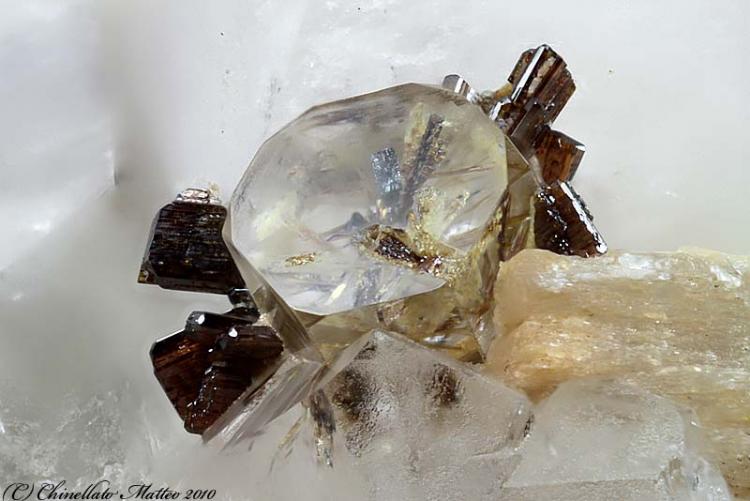
|
_________________
Matteo Chinellato Mindat Gallery |
|
| Back to top |
|
 |
Matteo_Chinellato

Joined: 12 Dec 2011
Posts: 115
Location: Venice, Italy



|
 Posted: Dec 22, 2011 09:33 Post subject: Re: Mineral specimens with inclusions Posted: Dec 22, 2011 09:33 Post subject: Re: Mineral specimens with inclusions |
|
|
Here another Elba Beryl with not know inclusions
| Description: |
Beryl
Grotta d'Oggi Quarry, San Piero in Campo, Campo nell'Elba, Elba Island, Livorno Province, Tuscany, Italy
2.74 mm transparent Beryl crystal
|
|
| Viewed: |
66977 Time(s) |
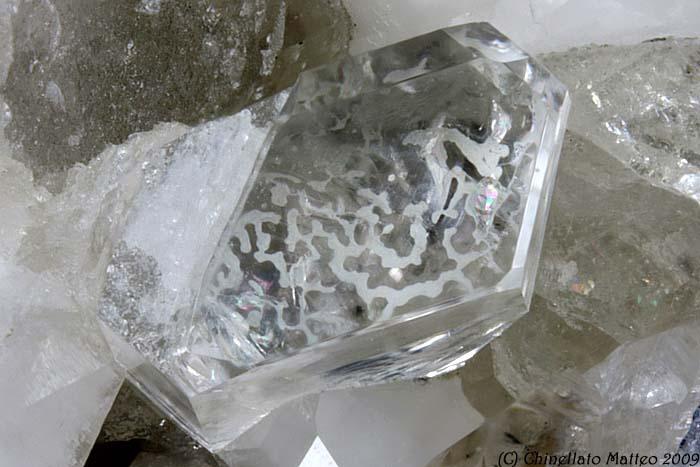
|
_________________
Matteo Chinellato Mindat Gallery |
|
| Back to top |
|
 |
Matteo_Chinellato

Joined: 12 Dec 2011
Posts: 115
Location: Venice, Italy



|
 Posted: Dec 22, 2011 09:36 Post subject: Re: Mineral specimens with inclusions Posted: Dec 22, 2011 09:36 Post subject: Re: Mineral specimens with inclusions |
|
|
Another Elba Beryl full of Columbite-(Mn) inclusions
| Description: |
Beryl, Columbite-(Mn)
Pastori Vein (Filone dei Pastori), Fosso Marcianella Pegmatite, Catri, Sant'Ilario in Campo, Campo nell'Elba, Elba Island, Livorno Province, Tuscany, Italy
1.3 cm. Beryl transparent crystal with several Columbite-(Mn) acycular crystals into |
|
| Viewed: |
67002 Time(s) |
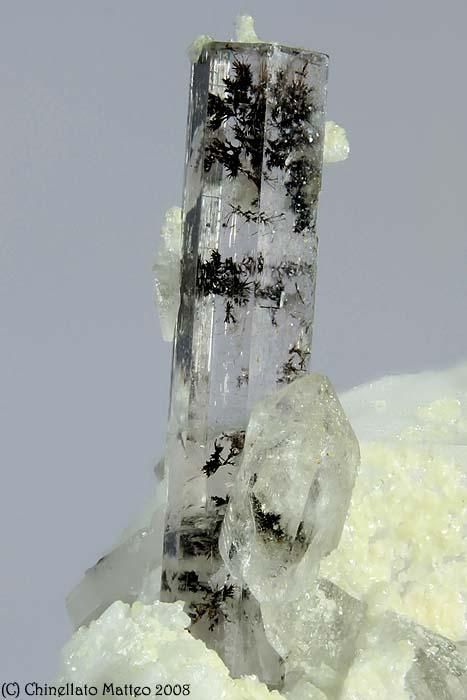
|
| Description: |
|
| Viewed: |
66946 Time(s) |
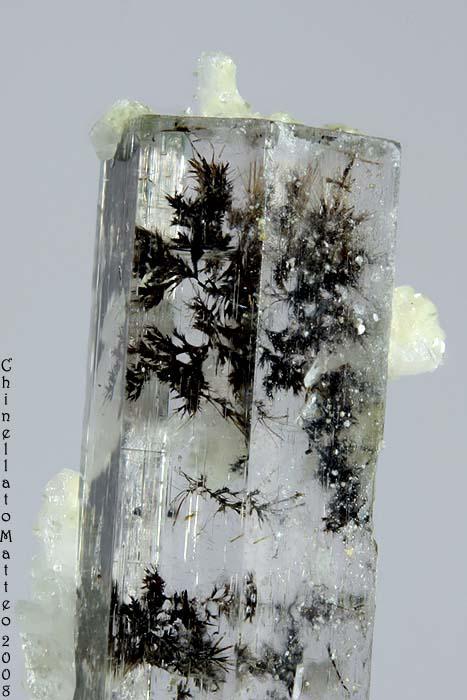
|
_________________
Matteo Chinellato Mindat Gallery |
|
| Back to top |
|
 |
Matteo_Chinellato

Joined: 12 Dec 2011
Posts: 115
Location: Venice, Italy



|
 Posted: Dec 22, 2011 09:38 Post subject: Re: Mineral specimens with inclusions Posted: Dec 22, 2011 09:38 Post subject: Re: Mineral specimens with inclusions |
|
|
Here a very nice Fluorite crystal with not know inclusion
| Description: |
Fluorite
Clara Mine, Rankach valley, Oberwolfach, Wolfach, Black Forest, Baden-Württemberg, Germany
Transparent 1.35 mm Fluorite crystal with inclusions. Collection D.Preite |
|
| Viewed: |
66958 Time(s) |
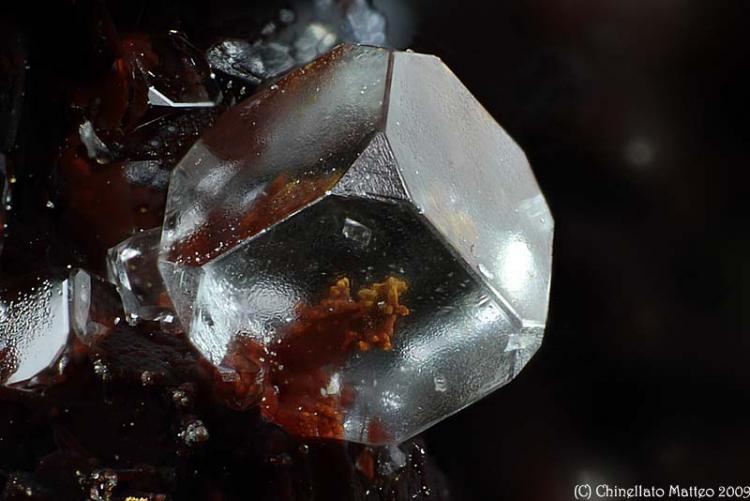
|
_________________
Matteo Chinellato Mindat Gallery |
|
| Back to top |
|
 |
Matteo_Chinellato

Joined: 12 Dec 2011
Posts: 115
Location: Venice, Italy



|
 Posted: Dec 22, 2011 09:41 Post subject: Re: Mineral specimens with inclusions Posted: Dec 22, 2011 09:41 Post subject: Re: Mineral specimens with inclusions |
|
|
A classic Quartz with dendrites
| Description: |
Quartz, Manganese Oxides
Galiléia, Doce valley, Minas Gerais, Brazil
cutted Quartz of 3.6x2.4x1.5 cm ( 69.2 ct. ) with Dendrites inclusions. Collection & Photo M.Chinellato
|
|
| Viewed: |
67068 Time(s) |
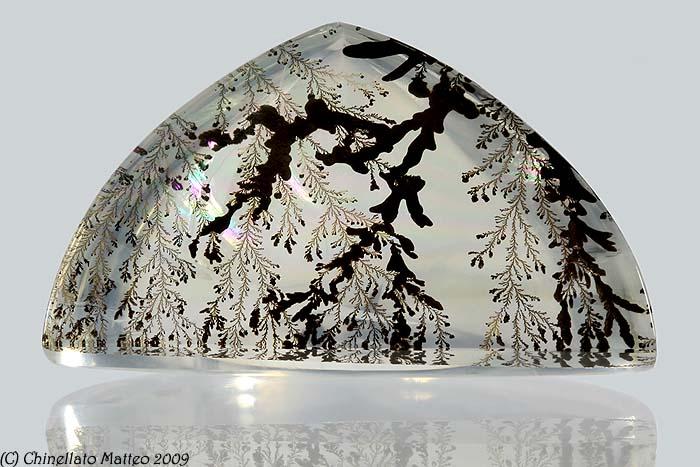
|
_________________
Matteo Chinellato Mindat Gallery |
|
| Back to top |
|
 |
Craig Mercer

Joined: 25 Feb 2009
Posts: 52
Location: Bathurst



|
 Posted: Feb 10, 2012 04:52 Post subject: Re: Mineral specimens with inclusions Posted: Feb 10, 2012 04:52 Post subject: Re: Mineral specimens with inclusions |
|
|
Wow there are some incredible specimen being shown. I really enjoy looking at this one, I hope you do also. It is a complete Quartz inside a larger Quartz on a bed of Chlorite.
| Description: |
|
| Viewed: |
46585 Time(s) |
![DSCF0035[1].jpg](files/dscf00351_165.jpg)
|
|
|
| Back to top |
|
 |
cascaillou
Joined: 27 Nov 2011
Posts: 262


|
 Posted: Feb 22, 2012 13:19 Post subject: Re: Mineral specimens with inclusions Posted: Feb 22, 2012 13:19 Post subject: Re: Mineral specimens with inclusions |
|
|
Doubly terminated quartz crystal (unpolished) with 4-phase inclusions.
The four phases (which are trapped inside negative crystals) are:
-yellow petroleum (oily flammable hydrocarbon), it shows bluish fluorescence under UV
-immiscible water (colorless)
-methane gaz bubble (moving freely within the petroleum phase)
-solid particles of black to dark brown asphaltite (generic term for bituminous hydrocarbons), these particles arn't moving in this sample (but have been reported to move freely in other samples)
Origin: Balochistan, Pakistan
size:1.9x1.4x1.3cm
weight: 15.35ct
The largest petroleum pocket (mammoth shaped) is 8x6mm at the largest point, with a 2mm diameter moving bubble.
note: avoid heat and avoid ultrasonic cleaning
| Description: |
petroleum in quartz (4-phase inclusions)
Balochistan, Pakistan
1.9x1.4x1.3cm |
|
| Viewed: |
46858 Time(s) |
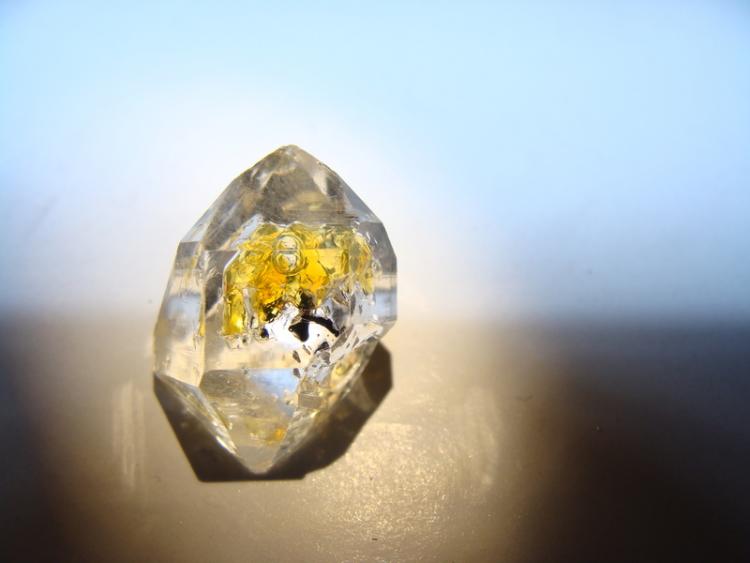
|
| Description: |
petroleum in quartz (4-phase inclusions) under LWUV
Balochistan, Pakistan
1.9x1.4x1.3cm |
|
| Viewed: |
46832 Time(s) |
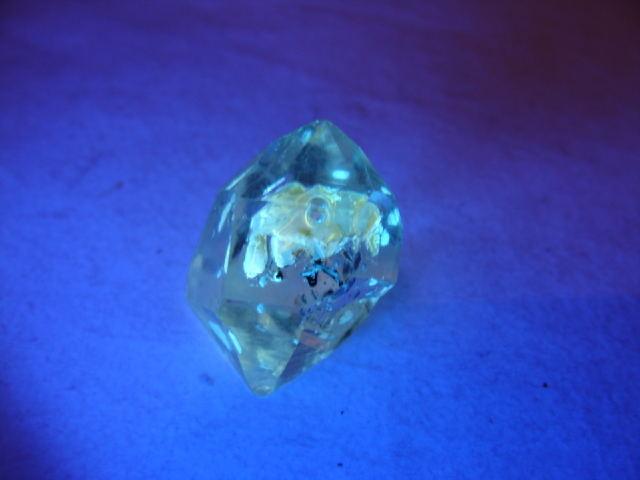
|
|
|
| Back to top |
|
 |
B&A
Joined: 19 Feb 2012
Posts: 30



|
 Posted: Mar 27, 2012 09:57 Post subject: Re: Mineral specimens with inclusions Posted: Mar 27, 2012 09:57 Post subject: Re: Mineral specimens with inclusions |
|
|
A Hollandite star in Quartz
(The surfaces are polished)
| Description: |
Hollandite in Quartz
Anketsaketsa, Ambatofinandrahana District, Madagascar
2,8 cm x 1,8 cm x 1,5 cm |
|
| Viewed: |
46544 Time(s) |
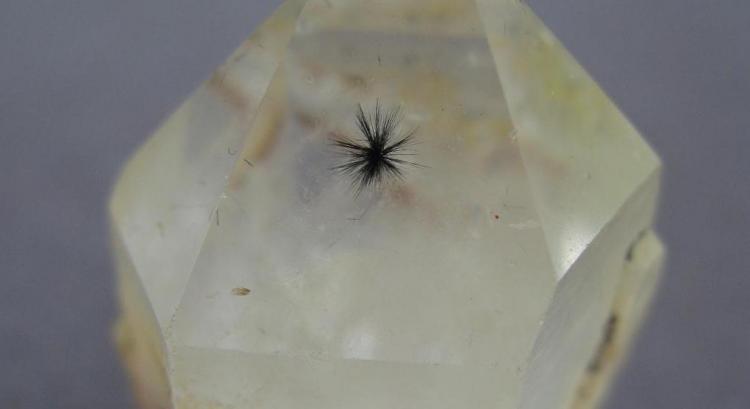
|
|
|
| Back to top |
|
 |
Elise

Joined: 22 Dec 2009
Posts: 243
Location: New York State



|
 Posted: Aug 05, 2012 10:57 Post subject: Re: Mineral specimens with inclusions Posted: Aug 05, 2012 10:57 Post subject: Re: Mineral specimens with inclusions |
|
|
Hi,
This is a photomicrograph taken by John Koivula of an interesting agate I showed him a couple weeks ago. He was showing me how a contrast filter can bring up details that I wanted to be able to study under the microscope which were somewhat murky in the depths of the agate without (the red area in the image). John is an amazing teacher and I believe truly one of the great minds of our time; something my colleagues have also come to appreciate as I've made them aware of his work and he's joined us in our research activities. For those who don't know of his books, see John White's thread on the PhotoAtlas series https://www.mineral-forum.com/message-board/viewtopic.php?p=11689#11689
I was interested in the slight iris effect seen in the concretions. Also, what I thought would be angular quartz druzy (whitish areas in the cabochon photo) turned out to be hundreds of tiny spheres - really neat and a lot of fun to look at under the microscope...I keep expecting to find a few polywogs someday!
Best wishes,
Elise
PS: the cabochon was cut by Paul Stalker who christened it "Pond Life" and hoped I'd continue to call it that. It really looks like I found it in my pond!
| Description: |
Quartz, Agate
Concretion in an agate, likely from Madagascar. 20 x magnification, red contrast filter. Photomicrograph: John I. Koivula, 2012. |
|
| Viewed: |
46058 Time(s) |
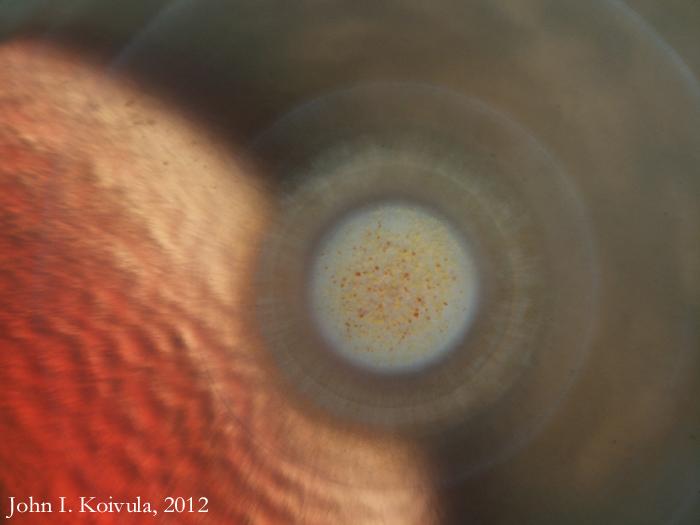
|
| Description: |
Quartz, Agate
Madagascar
50 x 25 mm
Christened "Pond Life" by Paul Stalker, the lapidary who cut this agate. The concretions are Fe type, hematite maybe (photographer at fault: Elise Skalwold) |
|
| Viewed: |
45997 Time(s) |
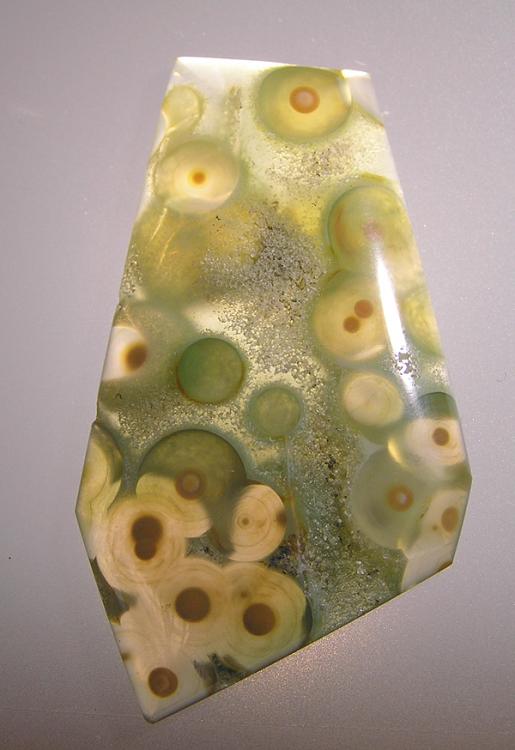
|
_________________
Elise Skalwold |
|
| Back to top |
|
 |
am mizunaka

Joined: 09 Apr 2010
Posts: 2205
Location: USA



|
 Posted: Aug 24, 2012 04:32 Post subject: Re: Mineral specimens with inclusions Posted: Aug 24, 2012 04:32 Post subject: Re: Mineral specimens with inclusions |
|
|
Quartz with unknown inclusion.
| Description: |
Quartz
Verchniy Mine, Dal'negorsk, Primorskiy Kray, Russia
14.4 x 11.8 cm |
|
| Viewed: |
45918 Time(s) |
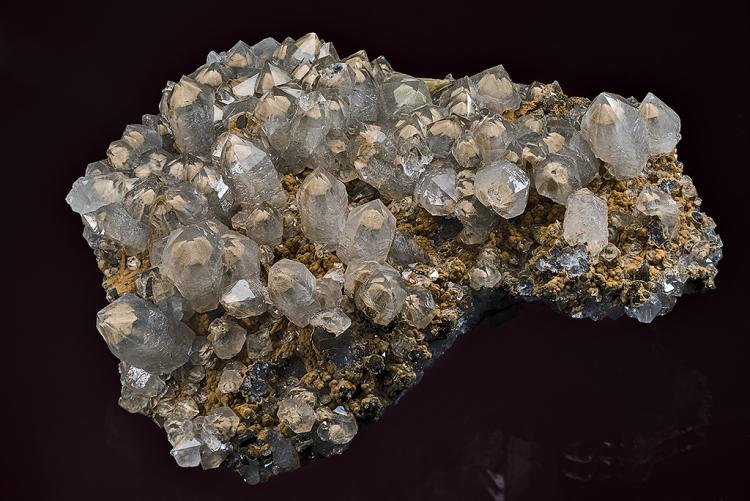
|
| Description: |
Quartz
Verchniy Mine, Dal'negorsk, Primorskiy Kray, Russia |
|
| Viewed: |
45922 Time(s) |
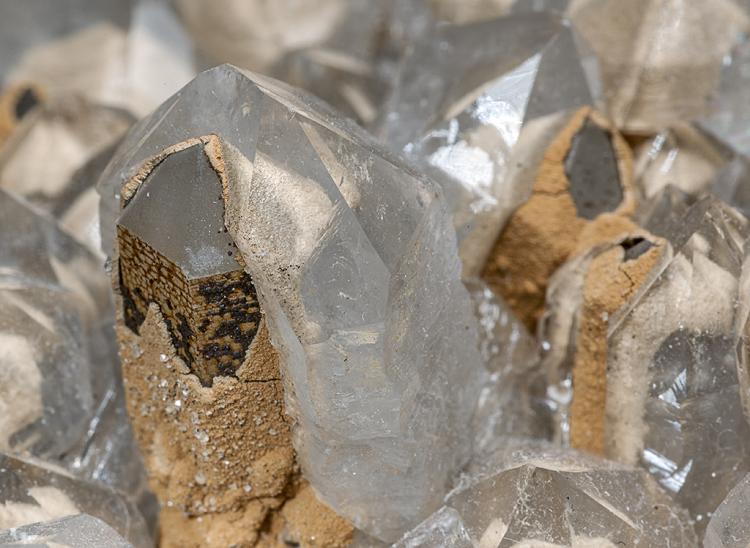
|
| Description: |
Quartz
Verchniy Mine, Dal'negorsk, Primorskiy Kray, Russia |
|
| Viewed: |
45950 Time(s) |
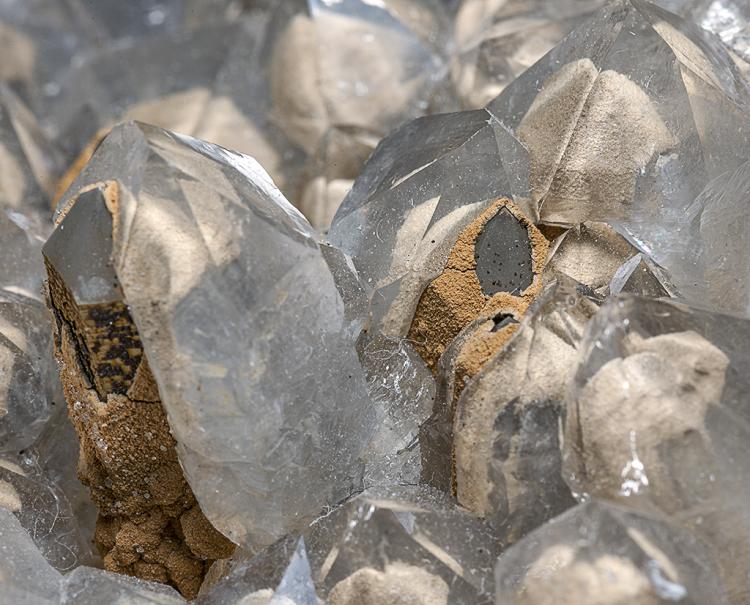
|
|
|
| Back to top |
|
 |
Jordi Fabre
Overall coordinator of the Forum

Joined: 07 Aug 2006
Posts: 5050
Location: Barcelona



|
 Posted: Aug 24, 2012 10:25 Post subject: Re: Mineral specimens with inclusions - (28) Posted: Aug 24, 2012 10:25 Post subject: Re: Mineral specimens with inclusions - (28) |
|
|
| am mizunaka wrote: | | Quartz with unknown inclusion. |
The inclusions are probably the same Siderite of outside the Quartz...
|
|
| Back to top |
|
 |
Bergur_E_Sigurdarson

Joined: 21 Dec 2017
Posts: 148
Location: Paipa, Colombia



|
 Posted: Dec 23, 2017 06:53 Post subject: Re: Mineral specimens with inclusions - (28) Posted: Dec 23, 2017 06:53 Post subject: Re: Mineral specimens with inclusions - (28) |
|
|
A Colombian Quartz with Pyrite inclusions.
The inclusions aren't in a crystal habit of the Pyrite, but do seem to adhere to two planes in the Quartz, even tho the Pyrite itself is of irregular shapes.
Main crystal dimensions : H 45mm x W 9-15mm
Seller stated "Muzo" as origins.... which given it's size is possible,
but nearly all her other offerings were from Santander department
(even though she also said those were "Muzo")
| Mineral: | Quartz, Pyrite |
| Locality: | | Colombia |  |
|
| Dimensions: | H 4.5cm x W 3.5cm x D 3.1cm |
| Description: |
| Not specifying locality, as both Muzo, Boyaca and Santander dept. are possible. |
|
| Viewed: |
40631 Time(s) |
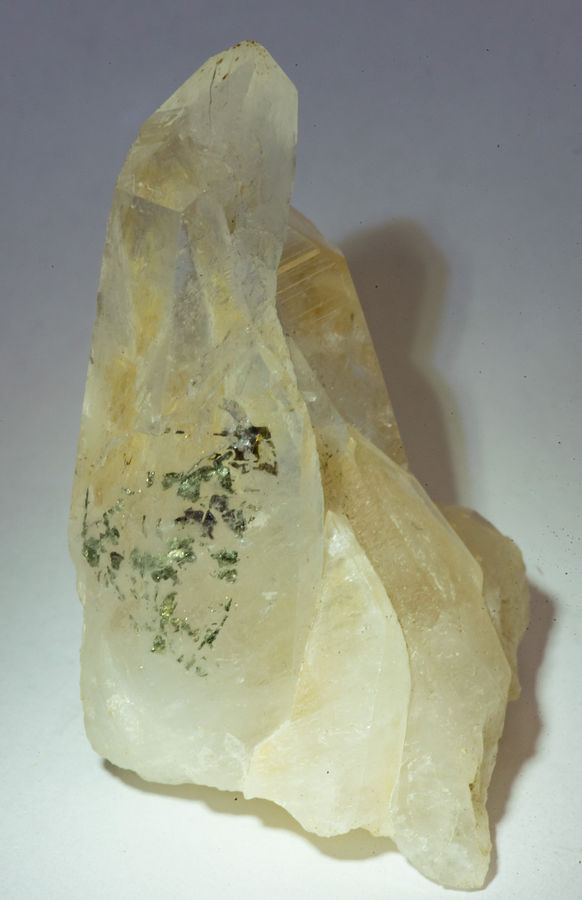
|
|
|
| Back to top |
|
 |
Jesse Fisher

Joined: 18 Mar 2009
Posts: 639
Location: San Francisco



|
 Posted: May 28, 2018 12:07 Post subject: Re: Mineral specimens with inclusions - (28) Posted: May 28, 2018 12:07 Post subject: Re: Mineral specimens with inclusions - (28) |
|
|
A penetration twinned fluorite crystal with a two-phase fluid inclusion. The trapped gas bubble shows 3-4 mm of movement within the cavity.
| Mineral: | Fluorite |
| Locality: | | Rogerley Mine, Frosterley, Weardale, North Pennines Orefield, County Durham, England / United Kingdom |  |
|
| Dimensions: | 2.2 cm on edge |
| Description: |
|
| Viewed: |
39665 Time(s) |
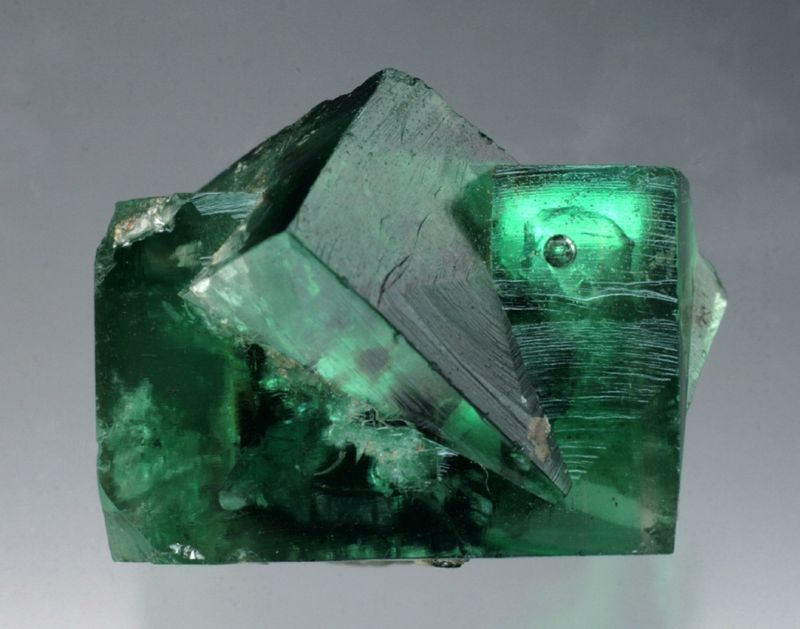
|
|
|
| Back to top |
|
 |
Akhter Parvez
Joined: 20 Dec 2018
Posts: 1
Location: KPK and Punjab


|
 Posted: Jan 14, 2019 11:56 Post subject: Re: Mineral specimens with inclusions - (28) Posted: Jan 14, 2019 11:56 Post subject: Re: Mineral specimens with inclusions - (28) |
|
|
| I have seen sometimes the triplite inclusions in topaz and as well in Aquamarine from Shigar,Skardu,Pakistan.
|
|
| Back to top |
|
 |
Michael Shaw
Site Admin
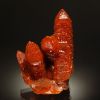
Joined: 30 Apr 2008
Posts: 2246
Location: Oklahoma



|
 Posted: Jun 30, 2020 11:51 Post subject: Re: Mineral specimens with inclusions - (28) Posted: Jun 30, 2020 11:51 Post subject: Re: Mineral specimens with inclusions - (28) |
|
|
| Mineral: | Quartz |
| Locality: | | Nigeria |  |
|
| Dimensions: | 1.0 x 1.8 cm |
| Description: |
|
| Viewed: |
34606 Time(s) |
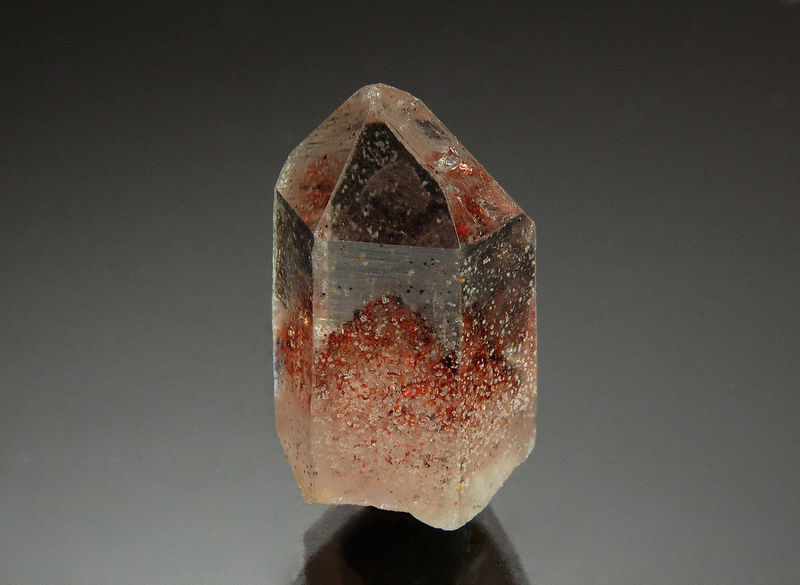
|
|
|
| Back to top |
|
 |
|





